
Remy Maatouk: On Being a Team Player
Right off the bat, Mr. Remy Maatouk declares his love for storytelling. He has been living out his passion since he was a kid, and now that he is a fully-fledged artist, specializing in 3D and VFX, Mr. Maatouk get to contribute largely to the industry, despite being freelance.
What we found admirable about Mr. Maatouk is his regard for teamwork. While he recognizes that his choice of career had sprung from a deep-seated love for the digital arts, he is not an island. Working with a team had really sharpened him, not just as a skilled 3D Generalist, but a disciplined team player. Regarding this, he says:
You’ll hear that working in 3D is knowing how to work in a team, and that’s absolutely true.
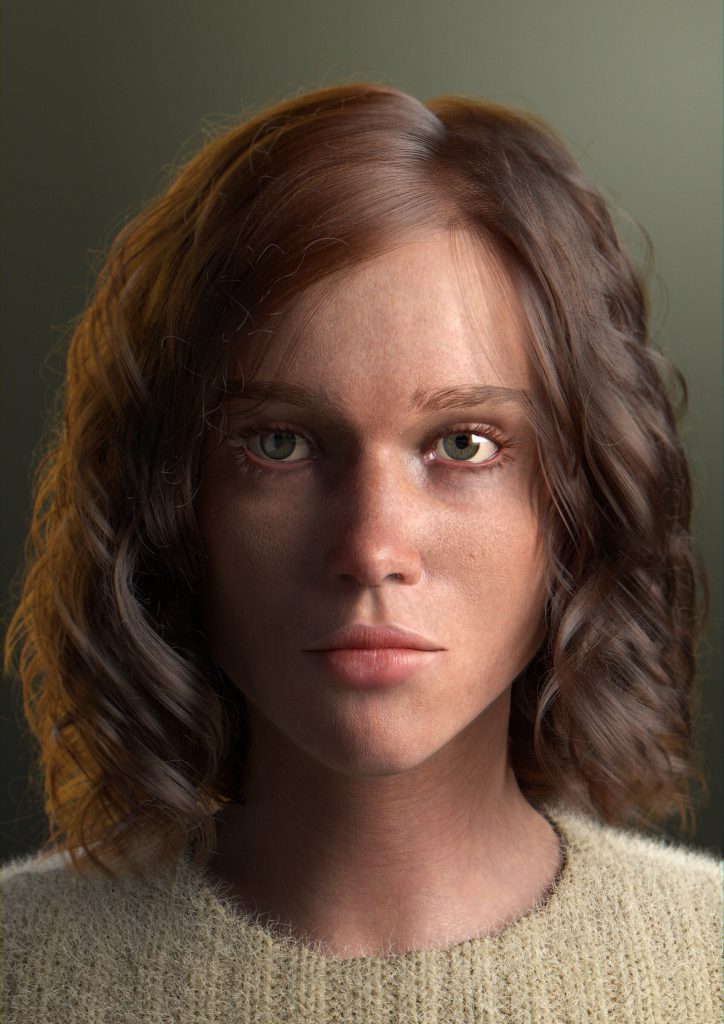
But he also knows that to able to do so successfully, has to have time alone because,
…it’s also knowing how to work alone and fast. Between team meetings, and before you send your work to the next person, it’s just you and your computer. Of course, there are other artists that can help, but at the end of the day it’s your responsibility to get your work done in time for the rest of the team to be able to work.
Xeno Creatives (XC): We understand that with just about any craft, passion takes precedence. In your case, how did it start becoming a passion? Would we be right in assuming that you consider it a “calling” as a lot of your contemporaries do?
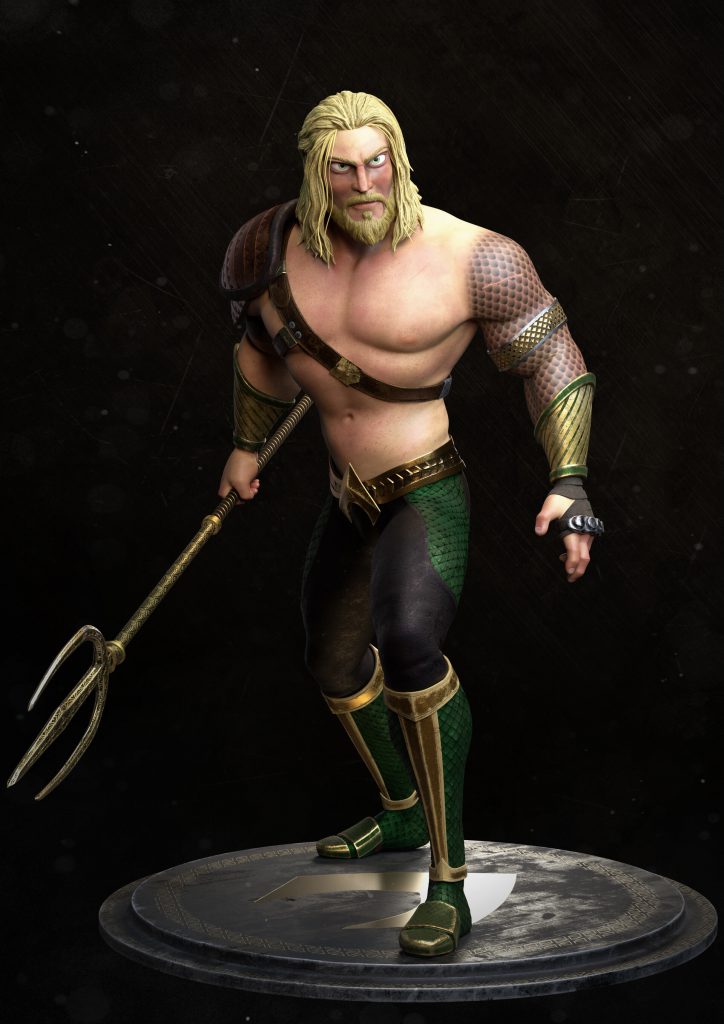
Remy Maatouk (RM): I’ve always loved telling stories. From my youngest age I remember drawing stories, telling them, even trying filming homemade movies. To me, being transported to another world by stories is key in this type of work. So when I realized that there were actual jobs in which the goal was to create stories it did become a calling.
XC: Was there ever an art piece (digital or otherwise) or artist who served as a catalyst for your involvement in the craft? When did you get involved fully in the 3D industry?
RM: I didn’t know that working in 3D was a real thing until a bit late. I had started other studies at first. Then the trailer for “The Witcher 3” was released. When I saw it for the first time I was in awe with how cool it looked. They had managed to convey the whole lore of “The Witcher” and the feel of the game in just a 3-minute trailer. At that point, I realized that this is what I wanted to do. I didn’t know how it was made yet, but I knew it is something that I’d be doing. After that, I started doing my research, talked to friends and I ended up quitting my previous studies for 3D. During that time, I also re-watched Peter Jackson’s “King Kong”. That drove me in the VFX direction. Nowadays, I can be inspired by any artwork as long as it resonates with me.
XC: Now that you’re an active part of the industry, would you say you have pegged a solid place in it?
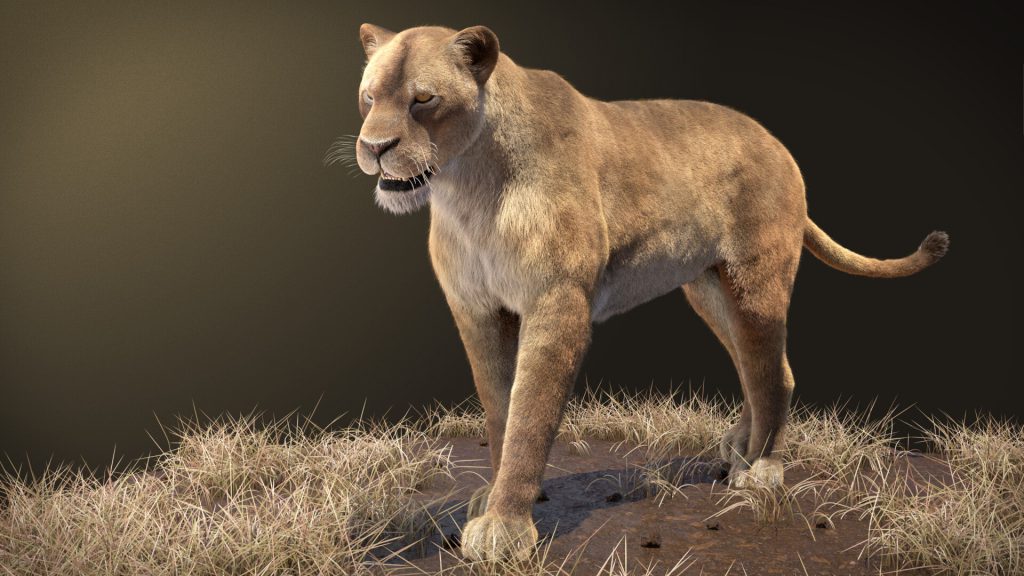
RM: I wouldn’t say that exactly. It’s an always changing field and although I’ve had the opportunity to work in different places, meet new people and make contacts in the industry, I feel like I still need time to fully find my place in it. I think it’s normal; there are many career paths and job opportunities. But what I can say is that as soon as you start working, you do get noticed more and more.
XC: How does your day look like in production?
RM: It can be very different depending on the work to be done, but usually it’s quite standard I think. When we work in small teams, we spend a lot more time exchanging about what we’re doing and giving each other advice. But basically, whether I’m working from home or in a studio, I start working as early as I can, and check with my lead as often as possible to always make sure we’re going the right way. You’ll hear that working in 3D is knowing how to work in a team, and that’s absolutely true. But it’s also knowing how to work alone and fast. Between team meetings, and before you send your work to the next person, it’s just you and your computer. Of course, there are other artists that can help, but at the end of the day it’s your responsibility to get your work done in time for the rest of the team to be able to work.
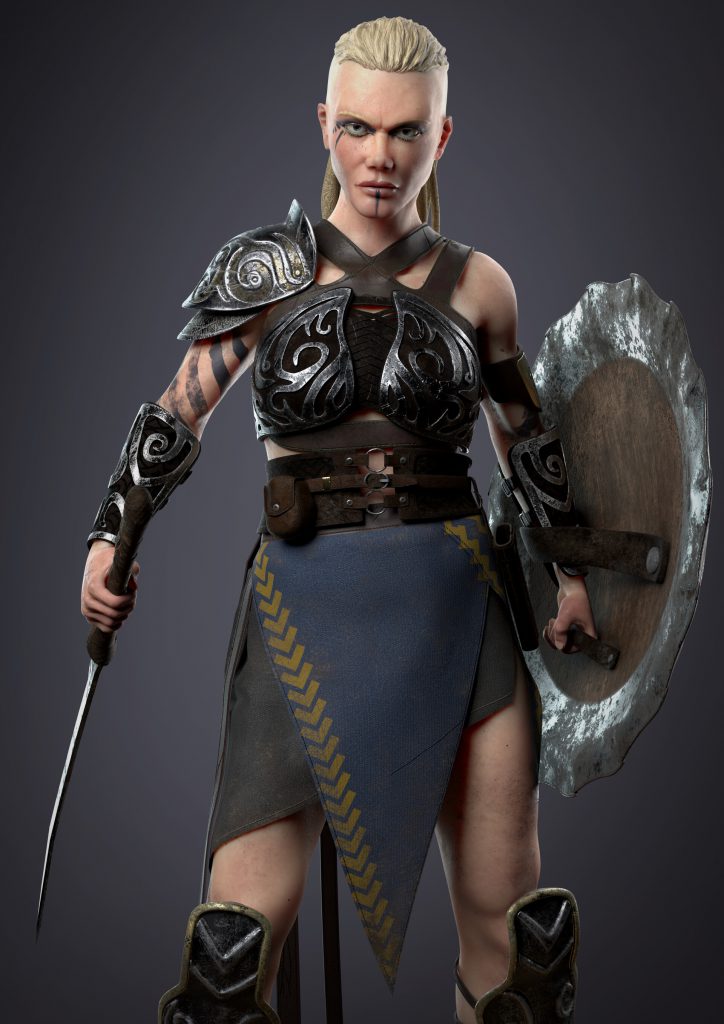
XC: What are the common challenges that a 3D artist like you encounters day-in, day-out in a project?
RM: The first thing that comes to my head is deadlines. Because no matter what your skill is, if you don’t have enough time to get your work done, then that’s a problem. This often leads to overtime work—sometimes a lot of it. Another one is having to work with a software you don’t know. It’s not dramatic, but it’s common to get a new job in a new studio and find out that they use a completely different pipeline than what you’re used to. Usually it’s just a matter of adjusting during the first days, but it can sometimes become a challenge.
XC: We have had the chance of seeing your works online; we really liked the darkness and your take on some familiar icons. But among your works, do you have favorite pieces? If so, what would these be and why? Also, what would you consider your biggest or most exciting project to date?
RM: I’d like to say that my favorite piece is the one that is coming next. There is no feeling like starting a new project and envisioning what it can become in your head. But out of what I’ve posted on my Artstation, I’d choose the “Hunter”. It’s not the best technically speaking, but I always try to imagine a background story behind every piece I make and his was close to my heart. My most exciting project professionally was to work on the French advertisement for “The Witcher” series on Netflix. I had some texturing reworks and a bit of sculpt to do for that. As I said earlier, “The Witcher” is what got me here in the first place, so it felt like the completion of something. In my personal work, each of my pieces brought me something different. I try and learn something new with each project, but the last one I made, the young girl portrait, is technically the one I’m most proud of—for now at least.
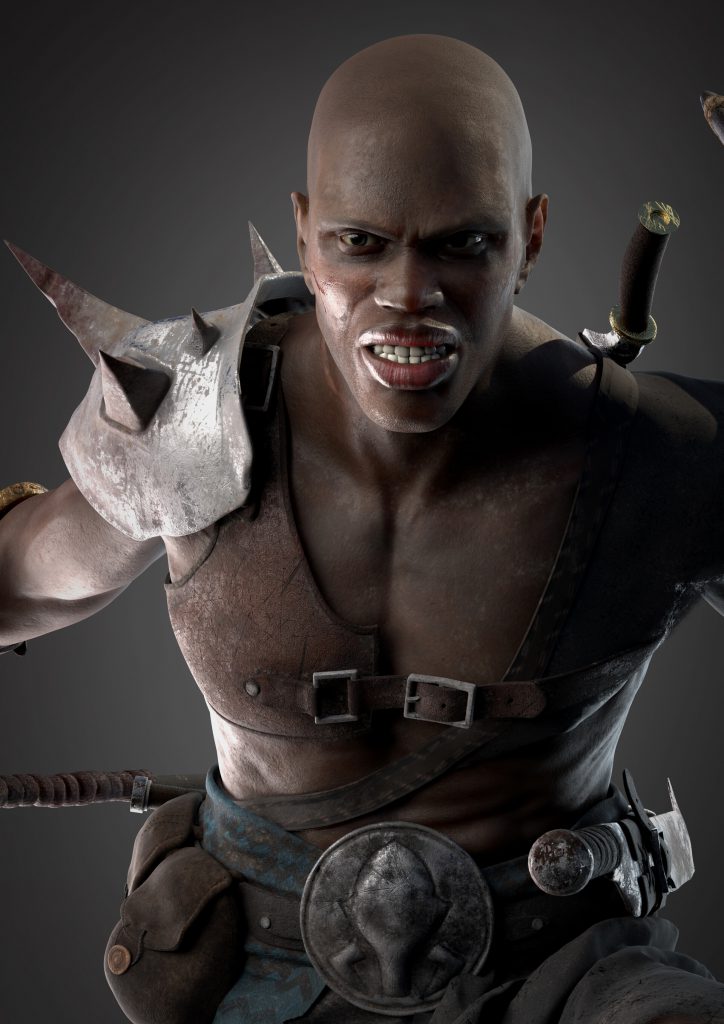
XC: If you were to market yourself what would you highlight as your edge?
RM: Despite being specialized in sculpting and texturing, I still have a lot of experience as a generalist. That makes me versatile. I can start a production working on modeling and end up doing some lighting or rendering. That wouldn’t happen in bigger scale studios but it did happen on smaller projects.
XC: If you weren’t a 3D artist today, what would you be working as?
RM: I think I would be a teacher. I already teach 3D and I really love it so even if it weren’t in 3D that would be something I’d love to do.
XC: What is your message to other artists especially in these challenging times?
RM: These are challenging times indeed. I find comfort in knowing that I can still create things at home. I’m amazed when I see how active the artistic communities are online and I think that’s what we should keep doing. Let’s continue to create things and inspire each other.
Mr. Remy Matouk is a VFX Master at the Isart Digital Paris he is on his second year as a Freelance Artist. Mr. Matouk had already worked as a 3D Generalist, a sculptor, and a teacher. He is 25 years of age.
Want to see more of Mr. Remy Maatouk’s works? Click here!

